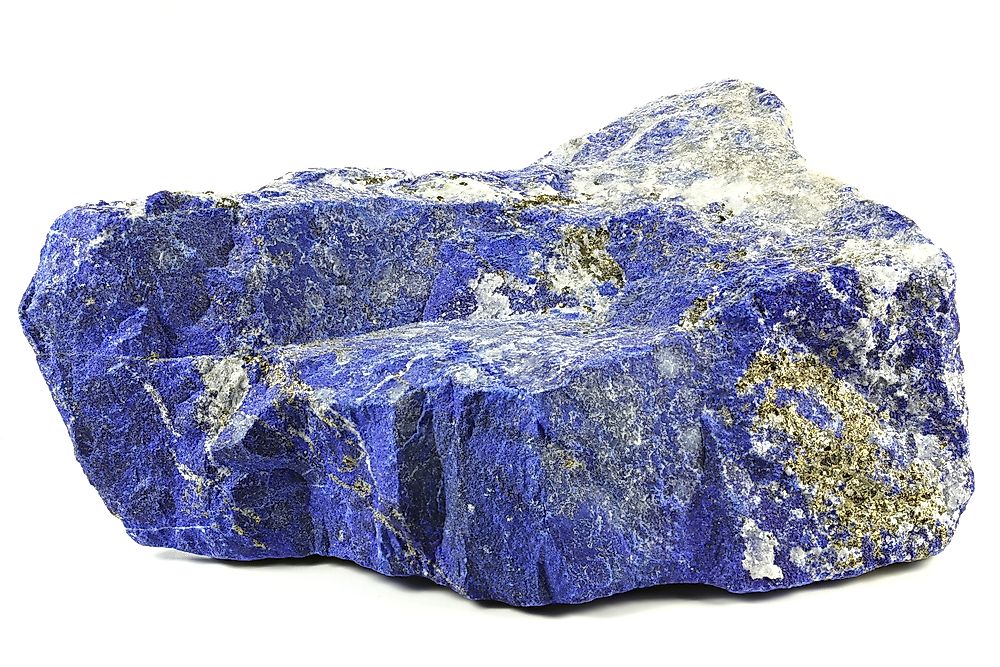Natural Resources Of Afghanistan

Officially known as the Islamic Republic of Afghanistan, Afghanistan is a country in Asia. The landlocked country has an area of about 252,000 square miles and a population of about 31 million people. Several things drive the economy of Afghanistan such as the natural resources of the country. These natural resources include things like coal, copper, natural gas, petroleum, gold, lithium, uranium, gold, rare earth elements, and arable land.
Mining and Petroleum
Regulated by the Ministry of Mines and Petroleum, mining in the country includes a wide array of mineral resources such as petroleum and natural gas. The value of untapped minerals is estimated to stand at $3 trillion. In total, the number of mineral fields containing different minerals is at least 1400. Estimates place the oil deposits in the country at around 3.8 billion barrels, mostly in the provinces of Jawzjan and Balkh.
Further studies by the Afghan Ministry of Mines and Industry and the United States Geological Survey showed that the country has significant untapped resources in its northern region. The studies estimate that there are around 1,596 million barrels of undiscovered crude oil while undiscovered natural gas deposits stood at about 444 billion cubic meters. Most of these undiscovered deposits lie in two basins namely the Afghan-Tajik Basin and the Amu Darya Basin. Oil production in the country started back in October 2012 after the country signed an agreement with China National Petroleum Corporation (CNPC).
Copper
Afghanistan has significant deposits of copper. Historically, copper exists in Afghan provinces such as Herat, Farah, Kandahar, Kapisa, and Zabul. However, there were no copper mines in operation in 2006 due to increased violence from the Taliban. After the period of violence, copper mining resumed in southeast Afghanistan in places like Aynak and Jawkhar. A Chinese firm known as the China Metallurgical Group won a public tender from the government in 2006 to spearhead the Aybak, Samangan copper project. The copper deposits in the Aybak area have an estimated value of around $88 billion. Out of all deposits in the world, the deposits at Aybak are believed to be the second largest.
Other Minerals
Similar to copper, gold mining started only in 2006. Gold deposits exist in places such as the Takhar Province and the Badakhshan Province. Additional deposits of gold and copper worth about $50 billion also exist in Ghazni province. Aside from gold, the country has some significant deposits of iron ore in places like Bamyan Province. Other minerals include lithium, marble (which brings in about $15 million through exports every year), rare-earth elements (whose value is not yet known), uranium, and others.
Agriculture
Traditionally, agriculture has been the main driver of the nation’s economy even though less than 15% of the country’s area is arable. Even more impressive is the fact that only 6% of the total cultivable land in the country is utilized. In 2014, the value of exports from nuts and fruits totaled about $500 million. Some of the fruits produced include pomegranates, melons, and grapes. Other agricultural products include pistachios and potatoes.
Traditional crops in the country are wheat and cereals. In 2010, the country had an estimated wheat production of about 4.532 million tons. However, sustained periods of drought and instability have all been contributors to a decline in the nation’s agricultural production.
Animal husbandry, which includes sedentary and nomadic husbandry, is also a critical part of the economy. Most of the farmers specialize in the rearing of sheep due to the traditional popularity of mutton. However, the number of livestock reduced drastically between 1997 and 2002, which is why USAID and the Afghan ministry of agriculture and livestock started working together after 2002 to restore the numbers.
Fishing is also a favorite activity that is made possible by the high number of water bodies such as rivers, lakes, and reservoirs. Most of the fishing takes place in main river rivers such as the Kabul River and the Helmand River.
Forestry
Most of the nation’s forests are in the eastern region. Unfortunately, since the middle stages of the 1980s, the country has had to endure a depletion in its timber resources due to war. Other reasons for the destruction of forests include the need for more agricultural land, diseases and pests, illegal logging, and other things. Since then, only 2% of the total area of Afghanistan is forested.











